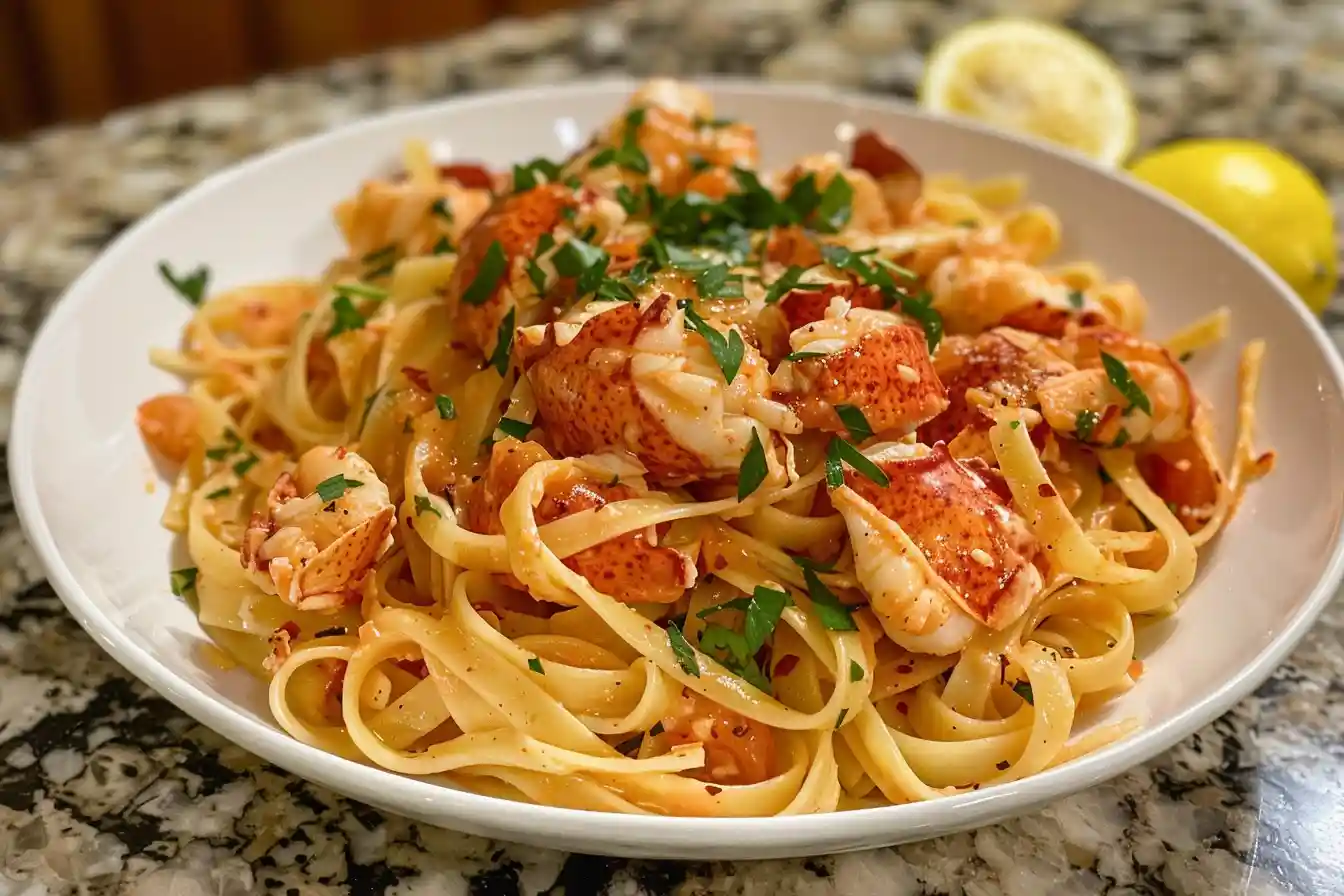Have you ever found yourself asking What are cake pops made of? If so, you’re in good company. These adorable, bite-sized treats have captured the hearts of dessert lovers everywhere, and it’s easy to see why. Combining the soft, moist texture of cake with the creamy richness of frosting and finished with a tempting coating, cake pops are the perfect blend of flavor and fun. Whether you’re planning a party, hosting an event, or simply craving something sweet, cake pops offer a customizable and irresistible treat that’s sure to delight.
The Popularity of Cake Pops: A Brief Overview
Cake pops have become a favorite in the world of desserts over the past decade. Their popularity is due to their versatility and the endless creative possibilities they offer. Whether it’s for a birthday party, a wedding, or a casual get-together, cake pops can be tailored to fit any theme or occasion. But to fully appreciate these delightful treats, it’s essential to understand what goes into making them.
History and Origin of Cake Pops
The Birth of Cake Pops
Cake pops, as we know them today, are relatively new to the dessert scene. However, the concept of cake combined with frosting and shaped into a new form has been around for much longer. The idea likely originated from the need to use leftover cake, transforming it into a new and exciting treat. But it wasn’t until the early 2000s that cake pops gained mainstream popularity.
How Cake Pops Became a Dessert Sensation ?
The rise of cake pops can largely be attributed to the influence of bloggers and social media. Bakerella, a popular food blogger, is often credited with popularizing cake pops. Her creative designs and easy-to-follow recipes inspired bakers around the world to try their hand at making these charming treats. The trend quickly spread, and soon, cake pops became a staple in bakeries and coffee shops everywhere.
Basic Components of Cake Pops
Cake Base: The Foundation of Cake Pops
At the heart of every cake pop is, of course, the cake itself. The cake base is what gives the cake pop its structure and flavor. Almost any type of cake can be used to make cake pops, but some types are more popular than others.
Types of Cake Used in Cake Pops
Traditional cake flavors like vanilla, chocolate, and red velvet are common choices for cake pops. These flavors provide a sturdy base that pairs well with various frostings and coatings. However, more adventurous bakers might opt for flavors like carrot cake, lemon cake, or even funfetti for a more festive look.
Binding Agent: The Glue that Holds Cake Pops Together
Once the cake is baked and crumbled, a binding agent is needed to hold the cake crumbs together. This is where frosting comes into play.
Common Binding Agents for Cake Pops
Frosting is the most common binding agent used in cake pops. It not only helps to bind the cake crumbs but also adds moisture and flavor. Buttercream, cream cheese frosting, and ganache are popular choices. The amount of frosting used can vary depending on the desired texture of the cake pop – more frosting results in a moister, denser cake pop, while less frosting creates a lighter, crumbly texture.

Frosting and Coating of Cake Pops
Frosting: Adding Flavor and Texture
The frosting used in cake pops serves a dual purpose. It binds the cake crumbs together and adds an additional layer of flavor. The choice of frosting can significantly affect the overall taste of the cake pop.
Popular Frosting Flavors for Cake Pops
Buttercream frosting is a classic choice that pairs well with most cake flavors. It’s sweet, creamy, and easy to work with. Cream cheese frosting adds a tangy twist, making it a popular choice for red velvet or carrot cake pops. Ganache, made from chocolate and cream, is a rich and decadent option that works well with chocolate or mocha-flavored cake pops.
Coating: The Finishing Touch
After the cake mixture is shaped into balls, it’s time to coat them. The coating is what gives cake pops their smooth, glossy appearance and provides a canvas for decorations.
Types of Coatings for Cake Pops
Candy melts, chocolate, and icing are the most common coatings for cake pops. Candy melts are particularly popular because they come in various colors and are easy to melt and work with. Chocolate, both white and dark, adds a rich flavor that complements the cake and frosting. Icing is less commonly used but can create a beautiful, glossy finish.
The Importance of Temperature Control in Coating
Temperature control is crucial when coating cake pops. If the coating is too hot, it can cause the cake pop to fall apart. If it’s too cold, it may be difficult to dip the cake pops evenly. It’s important to let the coating cool slightly before dipping and to work quickly to ensure an even coating.
Decorating Cake Pops
Tools and Ingredients for Decorating
Decorating cake pops is where the real fun begins. A variety of tools and ingredients can be used to create stunning designs.
Sprinkles, edible glitter, and colored sugars are just a few of the options available. Cake pop sticks, foam blocks, and drying racks are essential tools for ensuring that the cake pops dry evenly without smudging the decorations.
Popular Cake Pop Decorations
The most common decorations include sprinkles, which add a burst of color and texture, and drizzles of melted chocolate or icing. Some bakers use edible markers to draw designs on the cake pops, while others might add fondant shapes or edible pearls for a more sophisticated look.
Creative Ideas for Cake Pop Designs
Cake pops can be designed to fit any theme. For a birthday party, you might create cake pops shaped like balloons or wrapped gifts. For a wedding, elegant cake pops decorated with white chocolate and edible gold leaf might be more appropriate. The possibilities are endless, limited only by your imagination.
Flavor Variations and Combinations
Classic Cake Pop Flavors
Classic flavors like vanilla, chocolate, and red velvet are always a hit. These flavors are familiar, comforting, and appeal to a wide range of tastes.
Innovative and Unique Flavor Combinations
For those looking to experiment, there are countless flavor combinations to try. How about a salted caramel cake pop dipped in dark chocolate? Or a lemon poppy seed cake pop with a white chocolate coating? Mixing and matching different cake, frosting, and coating flavors can result in some truly unique and delicious creations.
The Process of Making Cake Pops
Step-by-Step Guide to Making Cake Pops at Home
Making cake pops at home might seem daunting, but it’s quite simple once you understand the process. Here’s a basic step-by-step guide :
- Bake the Cake: Start with your favorite cake recipe or mix. Once baked, let it cool completely.
- Crumble the Cake: Use your hands or a food processor to crumble the cake into fine crumbs.
- Add Frosting: Mix in the frosting a little at a time until the mixture holds together when pressed.
- Shape the Cake Pops: Roll the mixture into small balls, about 1 inch in diameter.
- Insert the Sticks: Dip the end of a cake pop stick into melted candy or chocolate, then insert it into the center of each cake ball.
- Chill the Cake Pops: Place the cake pops in the refrigerator for about 15-20 minutes to firm up.
- Dip and Decorate: Dip each cake pop into the melted coating, tap off the excess, and decorate as desired.
- Let Them Dry: Place the cake pops upright in a foam block or stand until the coating is set.
Tips for Perfect Cake Pops Every Time
- Use the Right Amount of Frosting: Too much frosting can make the cake pops too soft, while too little can make them crumbly.
- Keep Everything Cool: Chilling the cake pops before dipping helps them hold their shape.
- Work Quickly: The coating can set quickly, so it’s important to dip and decorate one cake pop at a time.

Nutritional Information and Dietary Considerations
Calorie Content of Cake Pops
Cake pops are small, but they can be calorie-dense due to the combination of cake, frosting, and coating. On average, a single cake pop contains about 150-200 calories, depending on the size and ingredients used.
Cake Pops for Special Diets (Gluten-Free, Vegan, etc.)
For those with dietary restrictions, cake pops can be made gluten-free, vegan, or even keto-friendly. There are plenty of alternative flours, frostings, and coatings available to accommodate different dietary needs.
Commercial vs. Homemade Cake Pops
Differences in Ingredients and Quality
Commercial cake pops are often made in large batches and may contain preservatives to extend their shelf life. Homemade cake pops, on the other hand, allow for more control over the ingredients, leading to a fresher, more flavorful product.
Why Homemade Cake Pops Might Be Better
Homemade cake pops offer the advantage of customization. You can choose your favorite cake, frosting, and coating flavors, and decorate them to your liking. Plus, they’re made with love, which always adds a special touch.
Serving and Storing Cake Pops
Best Practices for Serving Cake Pops
Cake pops are best served at room temperature. This allows the cake to be soft and moist while keeping the coating intact. They make great party favors, and their small size makes them easy to serve.
How to Store Cake Pops to Maintain Freshness ?
To keep cake pops fresh, store them in an airtight container at room temperature for up to three days. If you need to store them for longer, they can be refrigerated for up to a week or frozen for up to a month. Just be sure to bring them to room temperature before serving.
Common Mistakes to Avoid When Making Cake Pops
Troubleshooting Cake Pop Issues
- Cracking Coating: If your coating is cracking, it may be because the cake pop is too cold when dipped. Let them sit out for a few minutes before dipping.
- Falling Off the Stick: If the cake pop falls off the stick, it might be too heavy. Try using less frosting or making smaller cake balls.
- Lumpy Coating: If the coating is lumpy, it may be too thick. Thin it out by adding a small amount of vegetable oil or shortening.
Conclusion
Cake pops are more than just a trend—they’re a fun and versatile dessert that can be customized to suit any occasion. Whether you’re a seasoned baker or a novice in the kitchen, making cake pops is a rewarding experience that allows for endless creativity. Now that you know what cake pops are made of? you can try your hand at creating these delightful treats at home. From the cake and frosting to the coating and decorations, every component of a cake pop contributes to its deliciousness. So, gather your ingredients and start baking!





